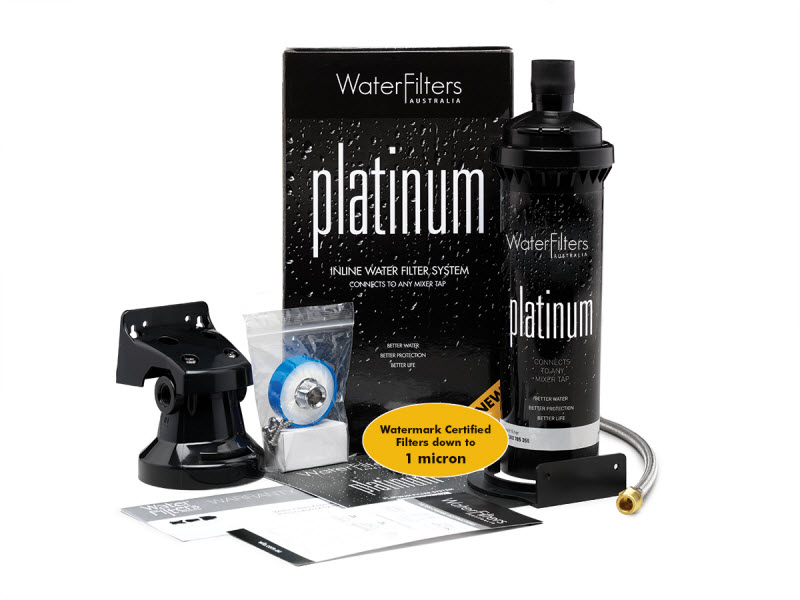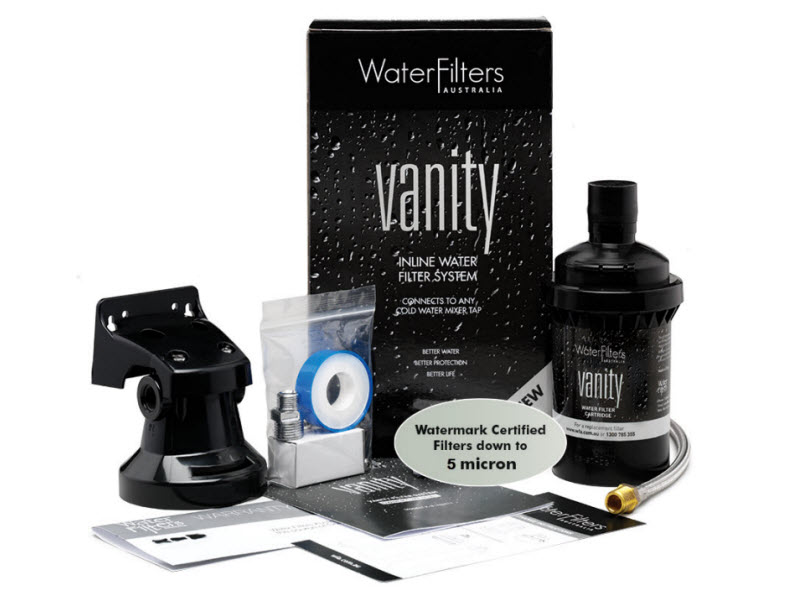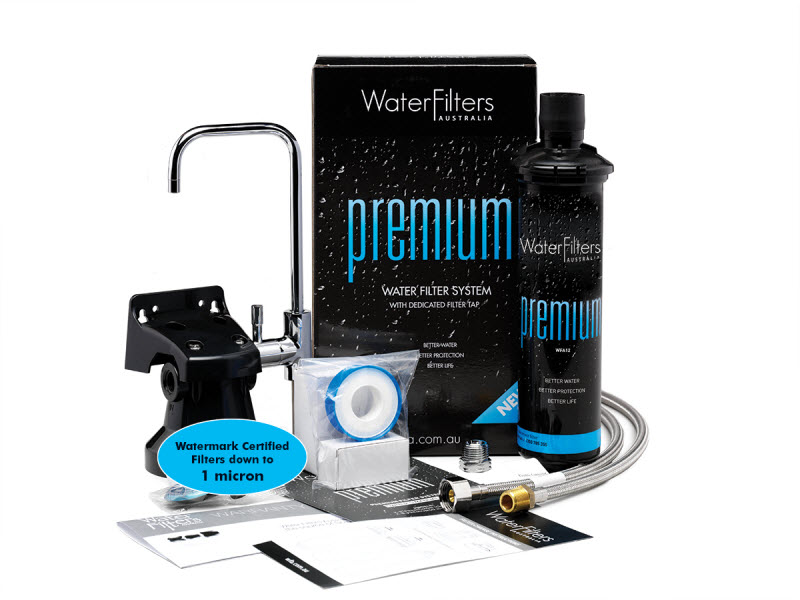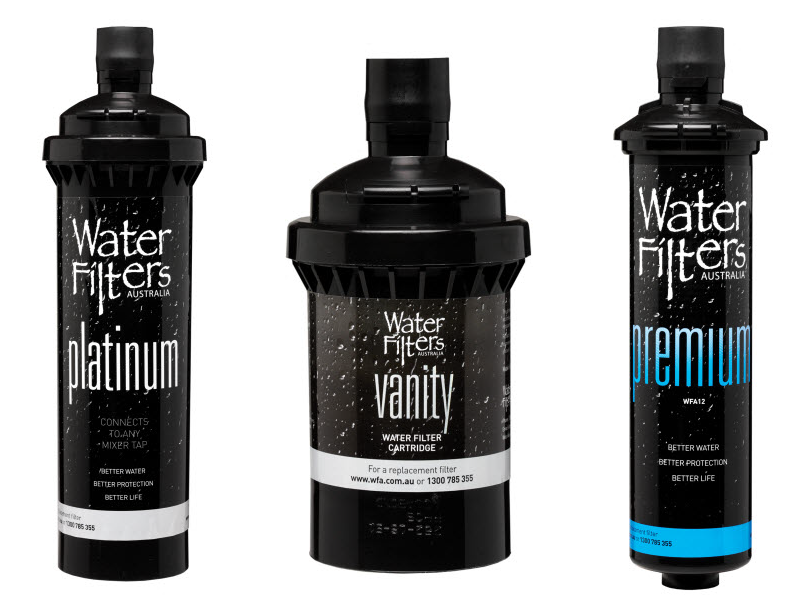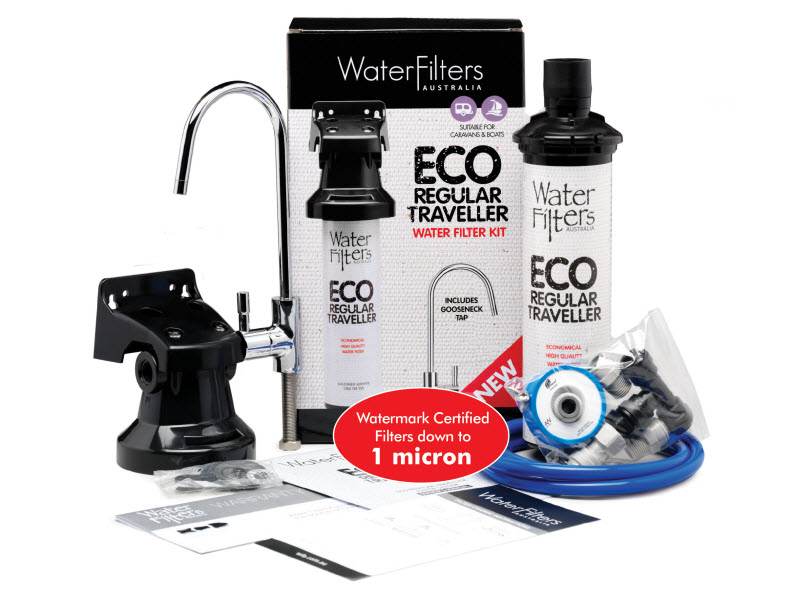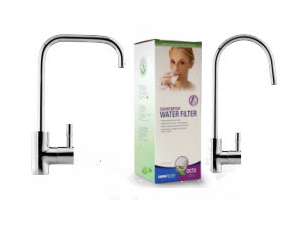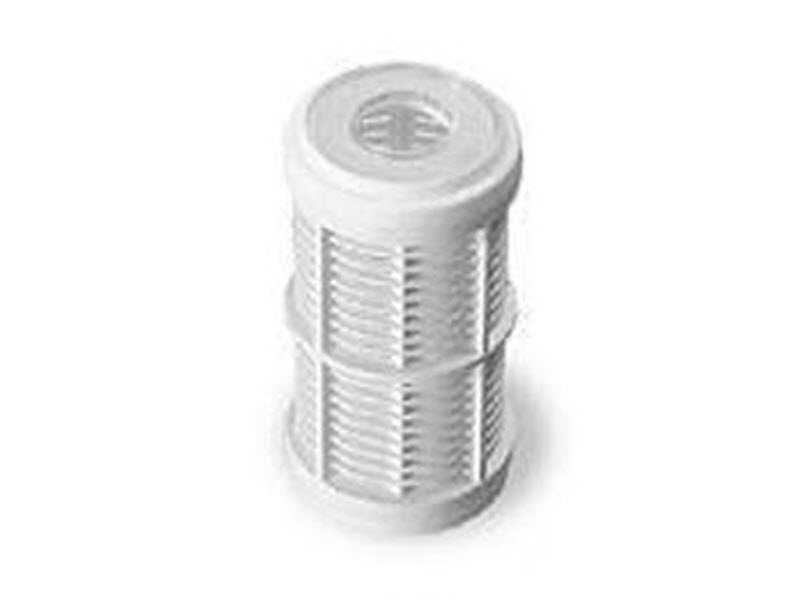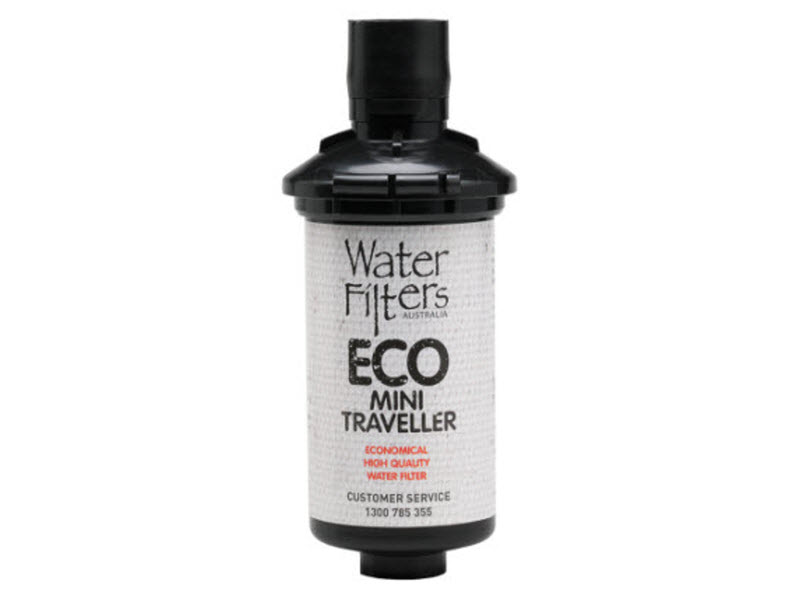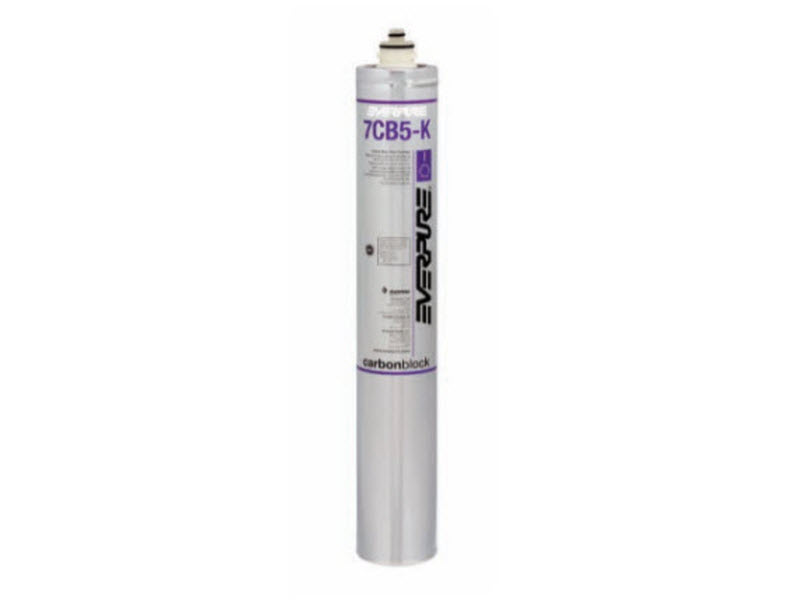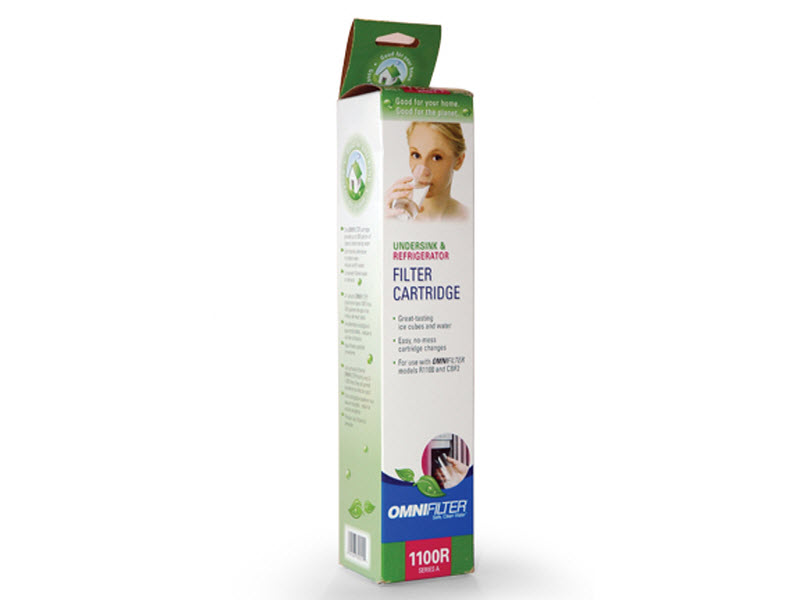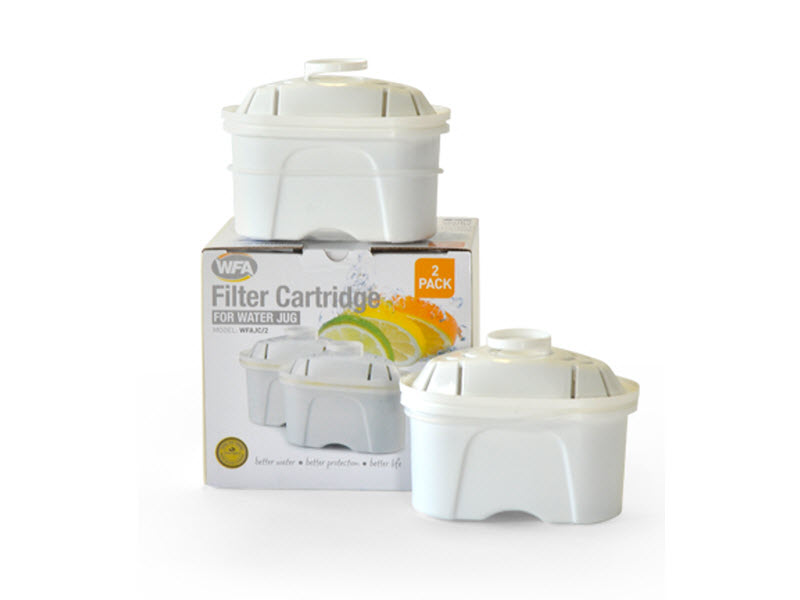Bushfires may cause potential water contamination

The concerns
The Green Wattle Creek bushfire has sparked a big-time concern about our water supply. The fires are burning about 15km south west of Warragamba Dam, which accounts for nearly 80% of Sydney’s water supply.
A number of curtains and booms have recently been installed in the dam in an effort to trap silt and ash caused by the bushfires, but it may not be enough to curb the dangers. The concerns about rainfall leading to water contamination are growing daily – and unfortunately, there is no real end in sight.
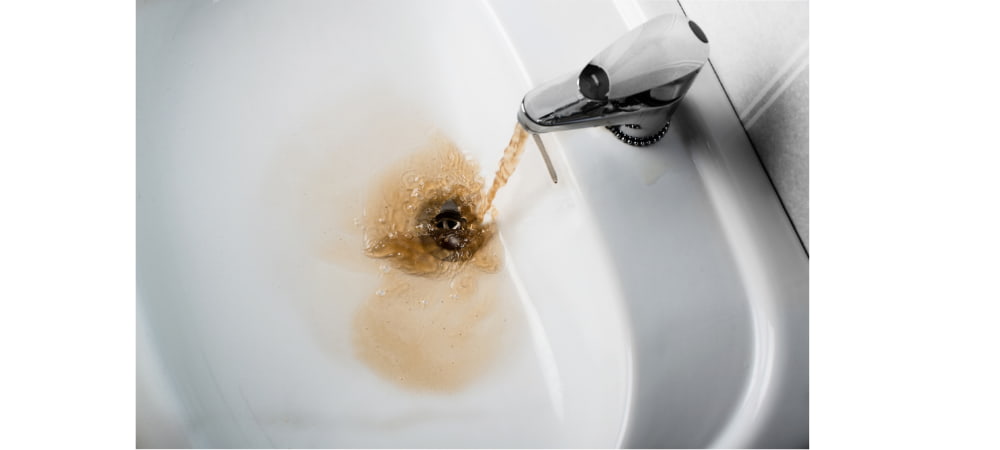
The potential risks to our water
Every day, it’s clear just how much ash and silt are in the air.
Our cars and windowsills are coated in brown-red dust. With a bushfire burning so close to the Warragamba catchment, it’s no surprise that the risks of water contamination are high.
Experts are calling the fires a “serious contamination risk to our water supply.”
UNSW Professor Stuart Khan* explained that in the past, blazes pointed to “some serious water quality risks…”. The key risk stems from large quantities of ash in the air. As this carbon and phosphorus-rich ash drifts, there is a potential that it could end up in the reservoir. Other sediment could also follow if we happen to get a large amount of rainfall.
“This can lead to serious water quality impacts, including deoxygenation and the growth of cyanobacteria,” says Professor Khan.
Deoxygenation leads to chemicals like lead becoming more soluble and creating bacteria such as cyanobacteria. Also labelled “blue-green algae”, these bacteria impact both the smell and taste of water, and can be toxic.
Professor Khan continues,
“A very serious [cyanobacterial] bloom could also slow down the ability to treat the water, thus reducing the amount of safe drinking water that can be produced, in order to keep up with demand.”
This means that the basic filtration of water could start becoming less than ideal.

Rainwater filter systems - what you need to know
Over the years, Water Filters Australia has supplied many new homes with rainwater filter systems.
Usually connected to toilets and washing machines, the danger lies with the latter. The rainwater that ends up in the tank could be full of suspended dust and ash particles due to both the fires and weather.
This means that it’s incredibly important to replace your rainwater filters at least every 12 months to ensure water quality is maintained. However, in areas that have been more affected by the current events, they may need changing sooner because of potential clogging.
If you’re concerned, give our friendly team a call and we can suggest the best course of action for you.

Why having a WFA home water filtration system is more important than ever
Your WFA home water filtration system is essential, especially during bushfire season. WFA’s water filters make sure the water you’re drinking is fresh, filtered and free from potential nasties, including cyanobacteria.
Now is the time to upgrade your system and ensure that your family has access to the best in filtered water. Discover our range of water filter systems and take charge of your water! Shop with WFA today.
*https://newsroom.unsw.edu.au/news/general/unsw-experts-advising-bushfire-crisis
Read more on the health benefits of filtered water



